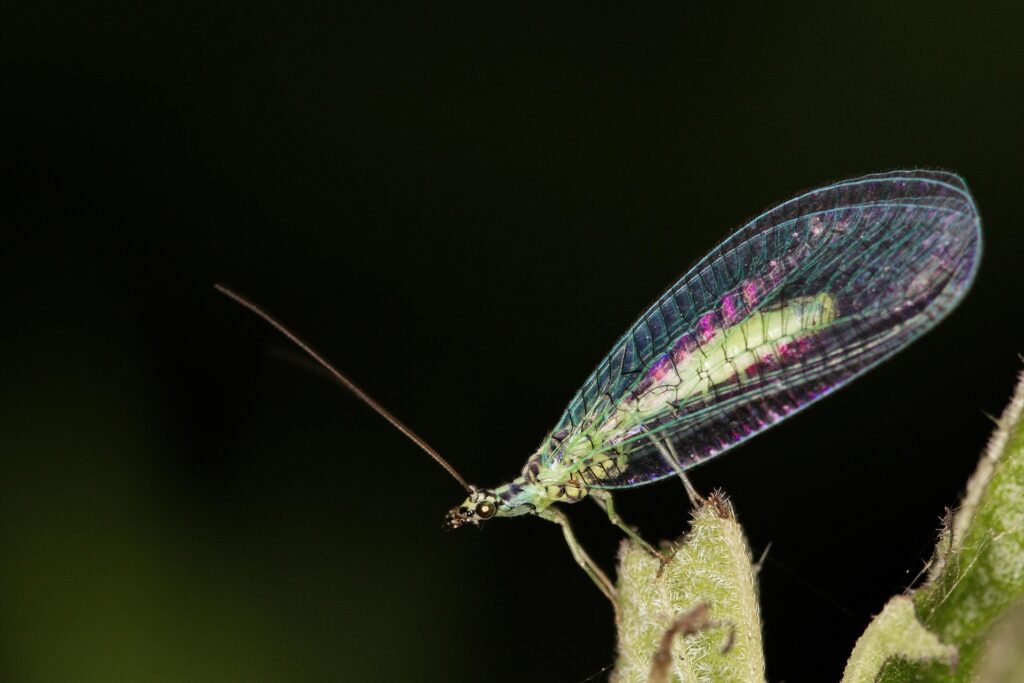A common concern among pet owners is that their dogs or cats will pick up fleas, but what about us? Can humans get fleas? The answer is yes! Humans can actually get fleas too. Fleas will jump onto any animal or person that it can reach to feed on the blood it needs to survive. Instead of being hidden by fur, fleas and flea bites might be hidden by clothing. Fleas can carry diseases, so it’s important to protect yourself from these pests.
People can pick up fleas in the same ways as pets: walking in the woods, doing yard work, or touching infested furniture or clothing. More commonly, people are bitten by fleas that come from their pet. Even if your dog or cat hasn’t shown symptoms of flea bites, the fleas might have already laid eggs in their fur or on your carpets or couches.
Fleas reproduce incredibly quickly. An adult flea can lay as many as 50 eggs a day. These eggs grow to adulthood in only three weeks. Once they’re in, it’s only a matter of time before the fleas multiply and spread to you.
Several different types of fleas bite humans and they all produce similar symptoms: itchiness, redness and bumps. However, fleas can also carry dangerous diseases, such as tularemia, whose symptoms include fever, diarrhea, ulcers, and fatigue.
How to Know if You Have Fleas
Fleas are extremely tiny and it’s difficult to know you have them until you feel the symptoms of a bite. They measure only a few millimeters, with long back legs and no wings. They’re usually brown or red, but hide easily in carpeting, clothing, or pet fur.
You might be lucky enough to spot them before they bite you. They’ll look like tiny dark spots on a light carpet or specks on your shirt. If you think your pet has them, look for small dark spots that move or tiny white specks (flea eggs) in their fur. A lot of scratching or licking could also signal flea bites on your dog or cat.
How to Get Rid of Fleas on Humans
If you’ve experienced flea bites, it’s extremely likely that they’ve already begun to spread across clothing and furniture. Controlling a flea infestation is difficult without professional help. If the infestation is small, a variety of home products could help solve the problem.
Bowls of dish soap and water can trap fleas. Normally, they can float on the water’s surface. But the dish soap breaks the surface tension, trapping them in the bowl. Vacuuming frequently is another way to remove fleas from your home. Scrubbing baking soda or salt into the carpet prior to vacuuming can also make it more effective.
Diatomaceous earth is an extremely fine powder that can kill fleas when used on carpets and other areas where they might be hiding. In addition, some homeowners try to use flea bombs and foggers to control infestations. However, these store-bought products are not always effective and must be used very carefully to protect pets from their harmful chemicals.
Does Washing Clothes Kill Fleas?
The high heat and amount of water in a washing machine can effectively kill most fleas and flea eggs. You can wash clothing, carpets, towels, bedding and other fabrics that might be infested to kill fleas and stop their reproductive cycle. If you’re washing items with fleas, use the hottest temperature setting on your washer and dryer to be as effective as possible. Unfortunately, a large infestation reproduces and spreads too quickly to be completely controlled by washing, alone.
Understanding Flea Risks and Responses
Flea bites on humans can cause a range of reactions, from minor irritations to severe allergic responses such as flea bite blisters. They don’t typically live in human hair or ears since they do prefer the thickness and abundance of animal fur, but bites can be distressing and pose a risk of flea-borne diseases in humans. If you find yourself with itchy, red spots or a rash, it could be a sign of flea bites. Fleas require a host to survive but they can live without a host for several days. Knowing how to identify and promptly deal with flea bites and infestations is crucial for maintaining your health and comfort, especially in your home.
How to Prevent Fleas in Your Home
Carefully inspecting pets and clothing after you’ve been outside might help you prevent bites but it’s difficult to control them without help. If you’re suffering from a flea infestation or simply want to protect your home from the possibility, call Aptive Pest Control today. We have the tools and expertise to control fleas and other pests conveniently. With effective solutions, you can feel comfortable in your home all year.
Call Aptive today for a free quote and to schedule your first appointment.









